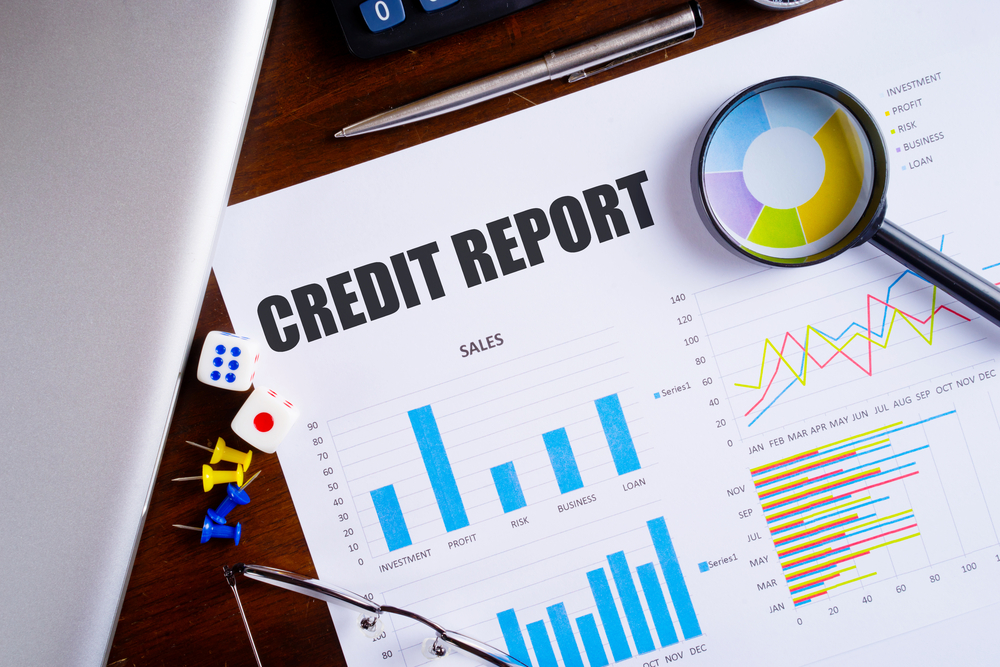How to Challenge a Bankruptcy on Your Credit Report
Experiencing a bankruptcy can be an overwhelming event, leaving lasting scars on your financial health and credit report. When you review your credit history, you may find that a bankruptcy entry is affecting your credit score more than you anticipated. However, it’s essential to know that not all bankruptcies are recorded accurately. If you suspect that there’s an error regarding a bankruptcy on your credit report, it’s crucial to take action. In this guide, we’ll walk you through the step-by-step process of disputing a bankruptcy and getting your credit report back on track.
Understanding the Impact of Bankruptcy on Your Credit Report
A bankruptcy can cast a long shadow over your credit report, lingering for seven to ten years depending on the type. This negative mark significantly drops your credit score, making financial activities like securing loans, getting credit cards, or even renting an apartment more challenging. Beyond the immediate score hit, a bankruptcy also flags you as a high-risk borrower. This label can result in higher interest rates and less favourable loan terms when you do manage to qualify. Recognizing the depth of this impact allows you to grasp the importance of correctly addressing any inaccuracies related to bankruptcies on your report.
Gathering Your Credit Report from All Three Bureaus
To initiate the dispute process, you need to obtain your credit reports from Equifax, Experian, and TransUnion. Each of these major credit bureaus may have slightly different information, so it’s crucial to gather reports from all three to catch any inconsistencies. You’re entitled to one free credit report per year from each bureau, available at AnnualCreditReport.com. When reviewing these reports, pay close attention to the bankruptcy entries, including dates filed and any associated details. This meticulous examination will enable you to identify inaccuracies and prepare for the next steps in your dispute journey.
Identifying Errors or Inaccuracies on Your Credit Report
When you have your credit reports from Equifax, Experian, and TransUnion in front of you, it’s time to delve into the specifics. Look closely at the bankruptcy entry to spot any inaccuracies. Pay attention to details such as incorrect filing dates, erroneous listings of creditors, or a bankruptcy that is marked as active when it should be discharged. Even small errors can have significant repercussions on your credit profile.
Document each discrepancy meticulously. Note the nature of the error, the incorrect information, and what the correct information should be. A common mistake to watch for is the listing of debts that were supposed to be included in the bankruptcy but still appear as active. These errors can cause undue harm to your credit score and must be addressed promptly.
By identifying these inaccuracies, you can build a strong case for your dispute. Your diligence in this step lays the groundwork for a compelling argument when you reach out to the credit bureaus to correct your record.
Collecting Supporting Documentation for Your Dispute: Credit Report
To bolster your dispute, gather all pertinent documentation that corroborates your claim. Key documents might include court records, bankruptcy discharge papers, and any relevant communication with creditors. These documents serve as tangible evidence that supports the inaccuracies you’ve identified in your credit report.
For instance, if your report erroneously shows a bankruptcy as still active when it’s been discharged, your discharge papers become crucial. Similarly, any correspondence from the court or your attorney can provide clarity on filing dates or creditor details. Ensuring these documents are comprehensive and well-organized will make your case more compelling.
Precision is paramount. Each piece of evidence should directly address the errors you’re disputing. If a creditor’s name is wrongly listed or a debt appears that should have been cleared by the bankruptcy, include statements or letters that verify the correct information. These documents collectively form the backbone of your dispute, illustrating the discrepancies in your credit report with undeniable clarity.
Lastly, create a clear and concise reference list of all the documents you’re including. This list will not only help you keep track but also assist the credit bureau in efficiently reviewing your dispute. An organized, evidence-backed submission significantly increases the likelihood of a successful resolution.
Writing and Submitting Your Dispute Letter: Credit Report
With your supporting documentation in hand, the next step is to draft your dispute letter. Begin by clearly identifying yourself, including your full name, address, and any relevant account numbers. Specify the bankruptcy entry you’re disputing and provide detailed reasons for your dispute, supported by the evidence you’ve gathered.
Be clear and to the point. Avoid emotional language and stick to the facts. State explicitly what the error is, why it’s incorrect, and what the correct information should be. Attach copies of your supporting documents, such as court records or discharge papers, that back up your claim.
Your letter should also include contact information so the credit bureau can reach you if needed. Sending your dispute letter via certified mail is advisable, as it gives you proof of submission and ensures that the bureau receives your dispute.
Remember, precision and clarity are your allies. A well-structured, evidence-backed letter not only makes your case stronger but also expedites the review process. Keep copies of everything you send for your records. This organized approach increases the likelihood that the credit bureau will address and correct the inaccuracies related to your bankruptcy.
Following Up with the Credit Bureaus and Creditors: Credit Report
After submitting your dispute, vigilance is key. Credit bureaus have up to 30 days to investigate your claim, and during this time, staying on top of your communications can make a significant difference. Regularly check your mail and email for updates or requests for additional information from either the credit bureau or creditors. If further documentation is needed, respond promptly to avoid any delays in the resolution process.
Consistent follow-up not only keeps your dispute on track but also demonstrates your commitment to rectifying the inaccuracies on your credit report. Make a habit of setting reminders to check for updates, and if a deadline passes without a response, don’t hesitate to reach out to the bureau for a status update.
If the bureau contacts your creditors as part of their investigation, be prepared to provide any additional information they might request. Your proactive approach can help expedite the verification process, leading to a quicker resolution. Also, keep detailed records of all interactions, including dates, names of representatives you spoke with, and summaries of conversations. This documentation can be invaluable if any issues arise or if you need to escalate the matter further.
By maintaining active involvement throughout this period, you enhance the chances of a timely and favourable outcome. Your persistence underscores the importance of the dispute, encouraging credit bureaus and creditors alike to address your concerns with the seriousness they deserve.
What to Do If Your Dispute Is Rejected: Credit Report
Receiving a rejection for your dispute can be disheartening, but it’s crucial to stay determined. Start by carefully reviewing the response from the credit bureau to pinpoint why your dispute was denied. This feedback can offer insights into what might have been lacking or misunderstood in your initial submission.
If additional documentation is needed, gather the required evidence meticulously and consider resubmitting your dispute with this new information. Sometimes, further clarification or more precise details can make all the difference.
You also have the option to request that a statement of dispute be added to your credit file. This statement allows you to present your side of the story directly to potential creditors, providing valuable context for the bankruptcy entry.
Persistency is key. If your efforts still don’t yield the desired results, consider escalating the issue by contacting the original creditors involved. Their input can sometimes influence the credit bureau’s decision.
Seeking Professional Help for Persistent Issues: Credit Report
Navigating the complexities of disputing a bankruptcy on your credit report can be daunting, especially if your initial efforts do not yield the desired results. At this juncture, enlisting professional help can be a prudent step. Credit repair specialists bring a wealth of experience to the table, having dealt with numerous cases similar to yours. Their expertise can streamline the process, ensuring that all necessary documentation and arguments are presented effectively.
A reputable credit repair service can handle the intricate communications with credit bureaus, making sure your dispute is thoroughly reviewed. They can also offer personalized advice, tailored to your unique situation, which can be invaluable in addressing specific issues that may be causing persistent problems.
Before choosing a service, it’s essential to do your homework. Look for companies with strong reputations and positive client feedback. Transparency is crucial; ensure they provide a clear outline of their processes and any associated costs upfront. Be wary of any service that promises instant results, as legitimate credit repair takes time and diligent effort.
Working with professionals can also provide peace of mind, knowing that experienced hands are guiding your dispute. They can help you avoid common pitfalls and improve the chances of a successful resolution. However, remain engaged throughout the process—your active participation and prompt responses to any requests for additional information can significantly enhance the efficacy of their efforts.
Ultimately, while seeking professional help requires an investment, it can be a worthwhile endeavour for those facing persistent challenges in correcting their credit reports. The goal is to emerge with an accurate credit history, paving the way for improved financial opportunities.
For more information, please visit Cent Savvy Credit Repair Counseling

